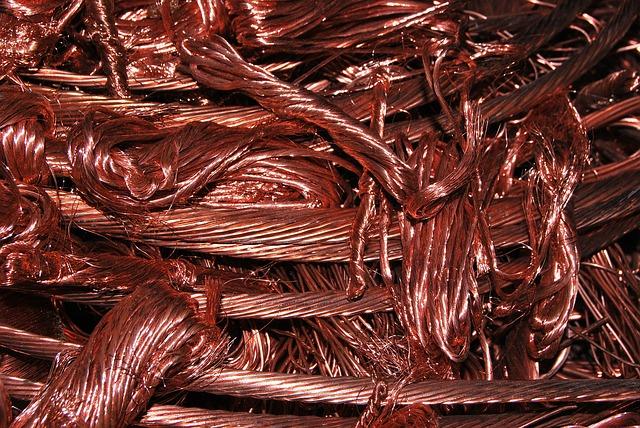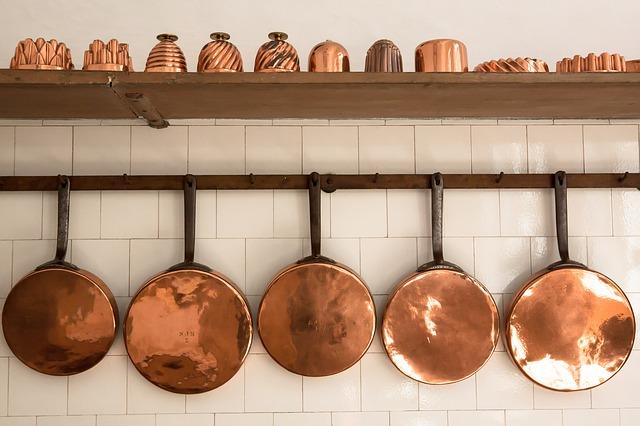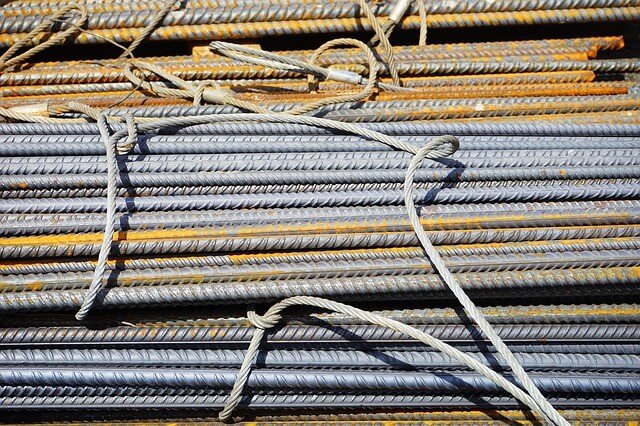Metals are highly prized for their many valuable properties. No other elements or substances can rival metals in terms of versatility, which makes them the material of choice for various applications that drive global development.
The amazing properties of metals are the result of their unique molecular structure, which is often characterized by closely packed layers of lattices. Unlike the lattices of non-metals, which are loosely bonded and can snap when applied with force, these lattices can slide against each other without separating, leading to certain unique properties.
-
Malleability
– Most metals can be hammered or rolled into thin sheets without breaking. Along with strength and toughness, this property makes metals the most suitable material for protective covering for machines, flimsy electronic components, temporary or permanent structural platforms, and more.
-
Ductility
– Apart from being able to maintain form while being flattened, a lot of metals can also be drawn into small wires without snapping. True enough, most wires and cables existing today have metal cores.
-
Tensile Strength
– Materials like stone and concrete may be excellent at resisting compression but when it comes to tension, they can easily break apart. Metals are good at resisting tension, which is why they are often used as a reinforcing component for concrete.
-
Conductivity
– Most materials can conduct heat and electricity but not as efficiently as metals do. Current can run through some of them at light speed, and they heat up fast, too.
-
Reactivity
– Metals are among the very few types of elements that easily combine with other elements and produce new materials. The material produced by combining two different types of metal is called alloy. Some metals, such as gold and silver, however, are almost non-reactive and so remain as pure elements.
Each type of metal has a unique combination of these properties. When alloyed with other metals, these properties also merge, making the produced material have either more or less of the properties its component metals share.
Electrical Conductivity of Metals
Now that you have a general idea of the type of material metals are, let’s focus on one of its main properties—electrical conductivity. Its discovery wasn’t only unprecedented but also surefire revolutionary. Our ancestors had known about electricity for some time due to the existence of lightning but they didn’t know how to recreate, harness, and distribute it until metal’s electrical conductivity was discovered.
The main reason why metals are more electrically conductive than other types of material is because its atoms have valence electrons. These are electrons in the outer shell of an atom that can freely move across the lattices of atoms. This movement passes electrical charge across the lattices, resulting in the conduction of electrical current.
The more valence electrons a metal has, the weaker its electrical conductivity is. That’s because there are fewer electrons that can bump against each other and create resistance. Simply put, the most electrically conductive metals are those with only a single valence electron.
Which Metals Conduct Electricity?
Perhaps the question we need to answer first is “Do all metals conduct electricity?” Well, the obvious answer is “none”. All metals have a certain degree of electrical conductivity. It’s just that some metals are more electrically conductive than others. A more sensible question instead would be “Which metals have the highest resistivity?” That will lead you to metals that “almost” do not conduct electricity. Then you can start identifying which are the least electrically resistive, which is another description for the most electrically conductive.
Metals such as mercury, titanium, lead, and tungsten have the highest resistivity among all metals. They are often utilized for applications where insulation is needed but stability, which only metal could provide, is also paramount. Here are the metals on the other end of the spectrum.
-
Silver
– With an electrical conductivity of 6.30×107 Siemens per meter (the highest on the chart), silver is the most electrically conductive metal. It is also the highest in terms of thermal conductivity and reflectivity. Silver was once the material used for manufacturing electrical wires and cables but was banned later due to its low heat resistance, which could lead to fire. It is still widely used due to its other properties for applications such as currency, water filtration, jewelry, ornaments, high-value tableware and utensils (hence the term silverware).
-
Copper
– Next in rank in terms of electrical conductivity is copper with 5.98×107 Siemens per meter. It’s the metal that replaced silver in electrical wires, cables, and a variety of other components of the electrical grid. Like silver, it is also soft, malleable, ductile and has high thermal and electrical conductivity, but unlike silver, copper is highly reactive, easily combining with other types of metal. In fact, over 100 different types of alloy are copper-based. The most popular of them are brass and bronze, from which the spawning of copper-based alloys had begun.
-
Gold
– Arguably the most popular of all metals and classified as a precious metal, gold is also the most expensive. This is why it’s not very commonly used for industrial and construction applications. Like silver, it is also non-reactive. While it reacts to copper and a few other metals, it is generally difficult to alloy. Gold has been utilized for coinage, jewelry, and other arts. It has an electrical conductivity of 4.5×107 Siemens per meter.
-
Aluminum
– A silvery-white, soft, non-magnetic, and ductile metal, aluminum is one of the most widely used materials on the planet. Another reason for that is the fact that it is the most abundant metal on Earth’s crust and the third most abundant element, next to oxygen and silicon. Aluminum and its alloys are extensively used in the aerospace, transportation, and construction industries.
All metals that can conduct electricity play a crucial role in the development of the modern world. Without them, there won’t be cities and vehicles, no roads and bridges, and certainly no satellites that aid telecommunication and the Internet.
Should you find the need for metal supplies in the future, make sure you’ll buy them from a trusted metal supplier, such as Rotax Metals. It pays to have materials that were manufactured by a first-rate foundry and distributed by a company that has been established for many decades. So the next time you get confused where to buy copper sheets or other metal supplies, be more meticulous when it comes to the manufacturer’s credentials.




